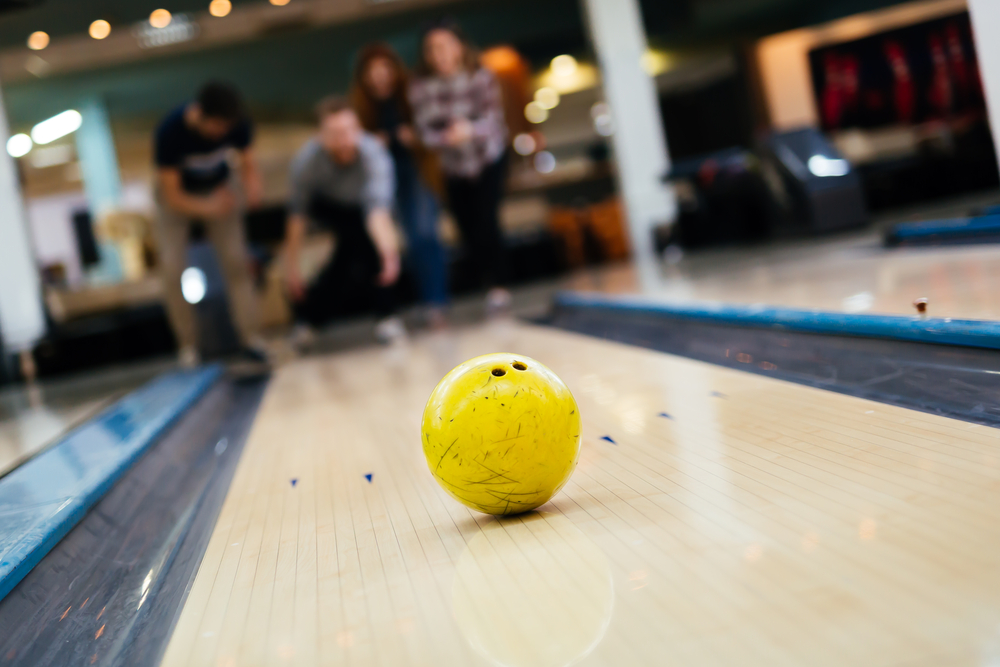
Do you ever wonder why bowling alleys oil their lanes? It's not just to make the surface slick or more entertaining while bowling. There's a purpose behind the practice, and it has to do with making sure your ball traveling down the lane behaves in the way it's supposed to.
In this post, we'll take a look at what lane oil is and how it affects your game. We'll also explore some of the reasons why bowling alleys might choose to oil their lanes and what that means for you as a bowler.
Contents
Why Do Bowling Alleys Oil Lanes?
Bowling lanes are coated with oil to help the balls to move more smoothly and prevent them from sticking to the lane and rolling to the gutters. The oil can help to extend the life of the lane by preventing wear and tear. The oil is also helpful in improving the ball down the lane and reducing friction.

6 Reasons Why Bowling Lanes Are Oiled
Here is a helpful hint, the lanes are always oiled. The oil is either fresh, meaning not played on, or broken down (played on). In either case, there is always oil.
Below are six reasons why bowling lanes are oiled.
- The first reason is to protect the lanes from wear and tear. Over time, the constant rolling of heavy balls can damage the lanes, making them uneven and causing the ball to veer off course. Oiling the lanes helps to prolong their life and keep them in good condition.
- The second reason is to prevent the balls from sticking. If there were no oil on bowling lanes, the balls would quickly become stuck, making it difficult to roll and knock down the pins. The oil helps to create a smooth surface for the ball to roll on.
- Third, though it may sound weird because alleys are loud, oiling the lanes also helps to reduce noise. Bowling alley owners want their customers to enjoy their experience, and one way to do this is by reducing the noise level. Oiling the lanes helps to muffle the sound of the ball rolling, creating a more pleasant environment.
- The fourth reason is to increase speed. Many bowlers like to see their ball fly down the lane as fast as possible, and oiling helps to achieve this. The oil makes it easier for the ball to glide across the bowling lane surface.
- The fifth reason is to enhance carry. The oil helps to enhance carry or how far the ball travels before hitting the pins. This leads to better scores and more strikes!
- Sixth, lane oil also helps to protect against humidity, which can cause the wood to swell and warp. As a result, regular applications of lane oil are essential for maintaining the quality of bowling lanes.

How Do You Know the Oil Pattern on a Bowling Lane?
When you walk into a bowling alley, the first thing you notice is the long, glossy expanse of the lane. But if you look a little closer, you'll see that the lane actually has dull sections and glossy sections. These sections are produced by oil patterns.
Each type of oil pattern or oil design has its own unique benefits and drawbacks, so it's important to know which pattern is laid for your game or at least understand there is an oil pattern before you roll down your first ball. The best way to learn about oil patterns is to experiment. Start by talking to your local pro shop about which patterns are mostly used in your alley.
The goal is to identify the pattern or at least get an idea about the length and where the oil is. Most time, they may not know the name, but they can give you an idea of the pattern layout. From there, roll a few for yourself to adjust your stance, target, and speed as you need to so you hit the pocket for a strike.
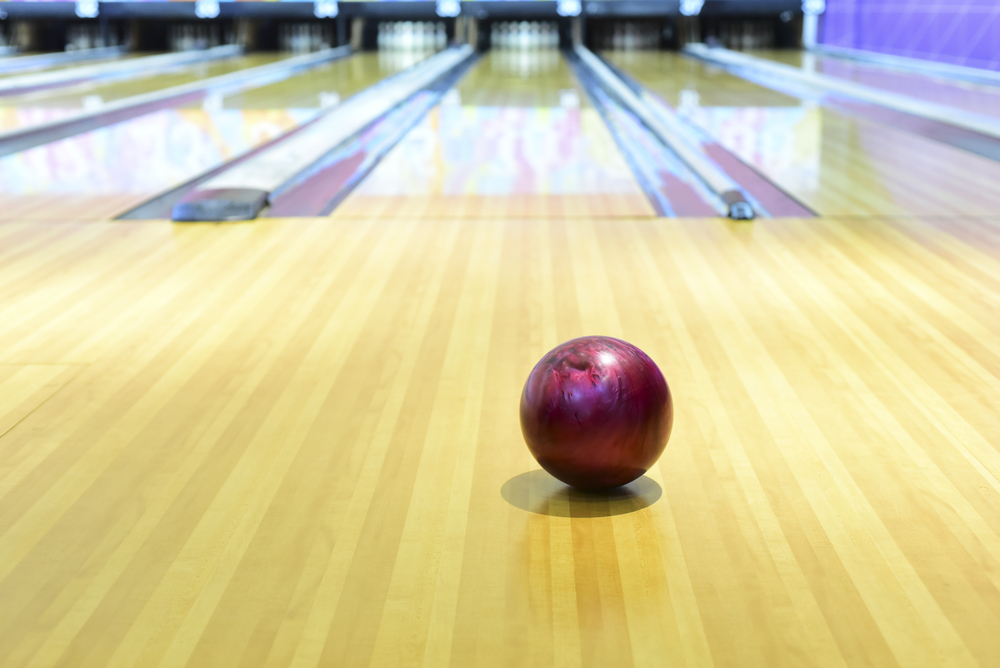
How Often Are Bowling Lanes Oiled?
Most bowling alleys oil their lanes at least twice a day, usually during slow hours like early morning or late night. They use automatic lane oiling machines that dispense oil evenly across the lanes in a distinct layout. The type of oil used also varies depending on the bowling alley, but many use mineral oil or a petroleum-based product.
In general, the heavier the oil, the slower the ball will travel. Overall, it's up to the bowling alley to decide how often to oil their lanes and the design they use, but most follow a similar schedule to ensure that lanes are always in top condition.
Bowling Lanes Conditions for Professional Bowlers
Professional bowlers have very specific requirements for the lanes they bowl on. The United States Bowling Congress (USBC) has established standards for lane surface, lane oiling pattern, and approach surface. Most of the PBA’s patterns are named after exotic animals, e.g., Cheetahs, Vipers, and Chameleons.
These patterns are certified by the USBC and are the major challenge to making it as a professional bowler. In order to ensure that lanes meet these standards, professional bowlers typically only bowl on lanes that have been certified by the USBC. Bowling on certified lanes, professional bowlers can be sure that they are getting the best possible and challenging oil conditions for competition.
Are Synthetic Bowling Lanes Oiled?
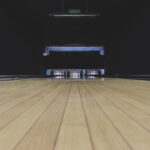
They are not an exception to oiling bowling lanes as it helps create more hooking potential. It must be applied carefully to avoid damaging the lane surface.
Most modern bowling lanes are made of synthetic materials, such as polyurethane. These lanes are far more durable than the older lanes made of wood, and they can be treated with a variety of finishes to provide different playing surfaces.
Do Bowling Balls Absorb Oil?
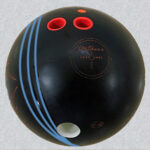
Reactive-resin modern bowling balls absorb oil as you bowl, but most bowling balls made from plastic are not particularly good at absorbing oil.
Absorbing oil can change the surface of the ball, making it less likely to hook, so you’ll often be required to wipe it off using a microfiber bowling ball towel.
How Can You Tell if a Bowling Lane Is Dry?
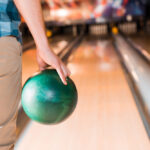
If it seems to travel unusually slow or fast, that could be a sign of a dry lane.
If there is not enough oil on the lane, the ball can slow down too much and make it difficult to get a strike. There are a few things to look for. First, see if the ball hooks. Try out a few warm-up shots, and if the ball does not roll smoothly, that means it's grabbing the lane and may be too dry.
What Do They Grease Bowling Alleys With?

It turns out that there are a few different substances that can be used to grease a bowling lane but mineral oil forms 98% of the substance.
For anyone who has ever gone bowling, the question of what they grease bowling alleys with is a mystery. The smooth surface of the lane is essential for a good game, but it's not something that can be achieved with just a quick wipe-down.
Related Articles
Many people assume that bowling alleys oil lanes in order to make the balls travel faster and further. However, the primary purpose of lane oil is actually to reduce friction and prevent the wear and tear of the lanes themselves. Without lane oil, repeated contact with the ball would eventually break down the surface of the lane, leading to cracks and unevenness.
Of course, the fact that it can also help players improve their scores is an added bonus. The bowlers have to put in time and practice the change in the oil on the lanes as well.
Kira Byrd, a Certified Fraud Examiner, holds a B.S. in Accounting from the University of Alabama at Birmingham. With a passion for bowling from her childhood, Kira has poured her expertise and personal experiences into creating and nurturing Bowling For Beginners. Kira's mission is to meet new bowlers where they are and guide them toward consistently achieving higher scores. With a focus on skill development and strategic techniques, she empowers readers to take control of their game and unlock their true potential.
Bowling For Beginners embodies strict editorial integrity, ensuring reliable and unbiased information. Kira's commitment to delivering valuable insights and practical strategies is reflected in every article. Here's an explanation of our editorial policy and how we get money.





